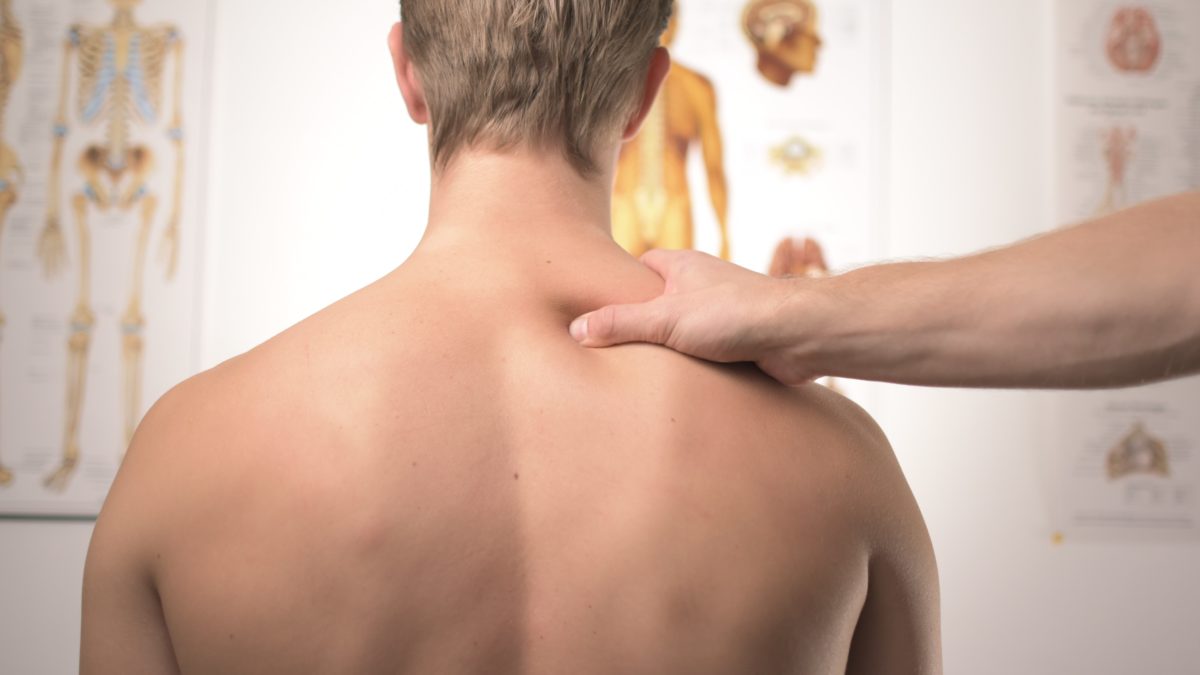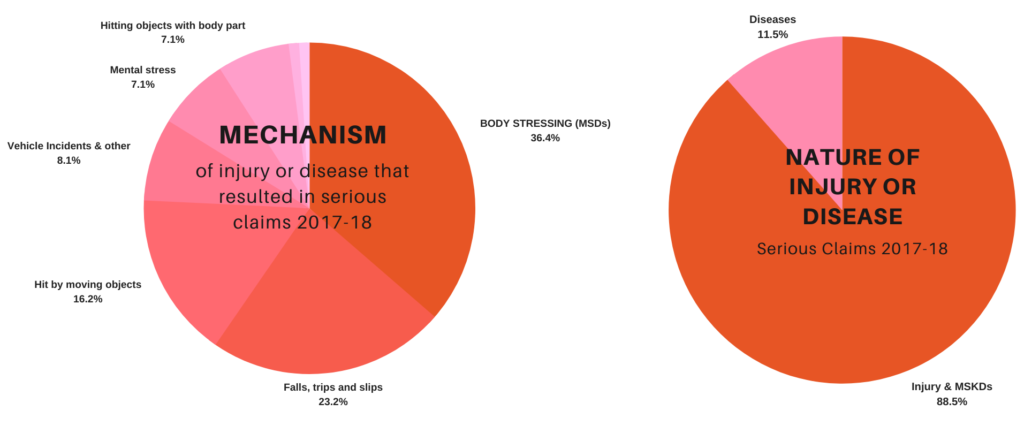Musculoskeletal Conditions & Workplace Influences
Published 11/02/2020


Published 11/02/2020
As trained health providers in injury rehabilitation and risk management, we see a range of musculoskeletal conditions that can have impact on employee performance. We share some information and tips to help you further understand workplace influences and strategies to reduce the risk of musculoskeletal injuries and disorders.
WHAT IS MUSCULOSKELETAL (MSK) PAIN?
Musculoskeletal pain, discomfort, or injury is experienced in the muscles, bones, tendons, ligaments, and nerves!
MSK pain and/or disorders can be caused by simple sprain/strain events or movements, or they can be more complex and be predisposed by underlying disease states. MSK conditions can also build over a period fo time from prolonged physical demands placed on the body.
Examples of MSK injuries and disorders.
Some of the MSK conditions that commonly present to us can include, but not limited to:
Repetitive Strain Injuries (RSI) – Joint Sprains – Articular Joint Dysfunction – Tennis Elbow (Lateral Epicondylitis)
Bursitis – Shoulder Impingement/Tendonitis – Rotator Cuff Strains/Tears
Carpal Tunnel Syndrome and Nerve Entrapments. – Tenosynovitis – Sacro-illiac – Joint Sprains – Lower back pain
Lumbar Disc Lesions – Hypertonicity, and much more!!

 Injury and musculoskeletal disorders accounted for 88.5% of 2017-18 serious claims.
Injury and musculoskeletal disorders accounted for 88.5% of 2017-18 serious claims.
Of these, the most common were Traumatic joint/ligament and muscle/tendon injuries, accounting for 41 per cent of all injury and musculoskeletal disorders claims.
Safe Work Australia – Australia Workers’ Compensation Statistics 2017-18
CONTRIBUTORS TO WORKPLACE MUSCULOSKELETAL DISORDERS (WMSDs)
Whilst MSK conditions can be affected by a combination of factors, workplace conditions and the inherent physical demands of the job can have significant impact. These include:
HOW CAN WORKPLACES REDUCE THE RISK OF MSK CONDITIONS?
Workplaces can have an enormous impact on safety, the physical demands placed on a worker and employee wellbeing. This can lead to reduced injury frequency, significant improvements in production output and an improved employee culture through improved workplace satisfaction. Starting with small and effective changes, with a proactive mindset, the risks of physical and mental injury can be reduced.
Some effective examples include:

"*" indicates required fields